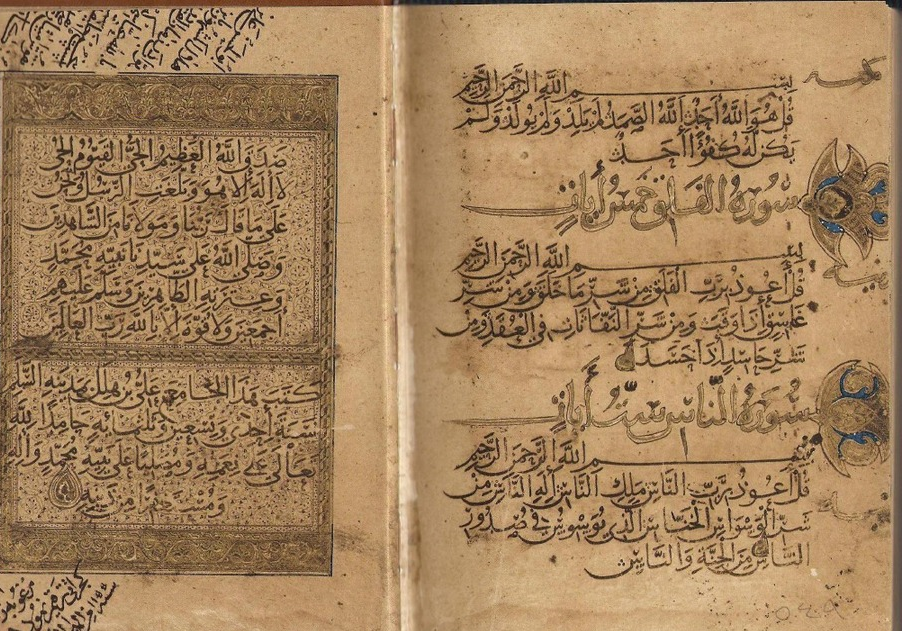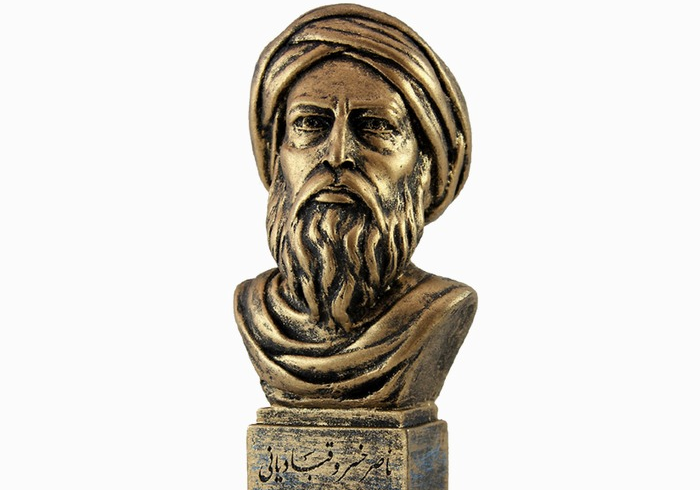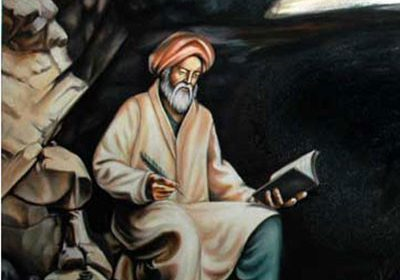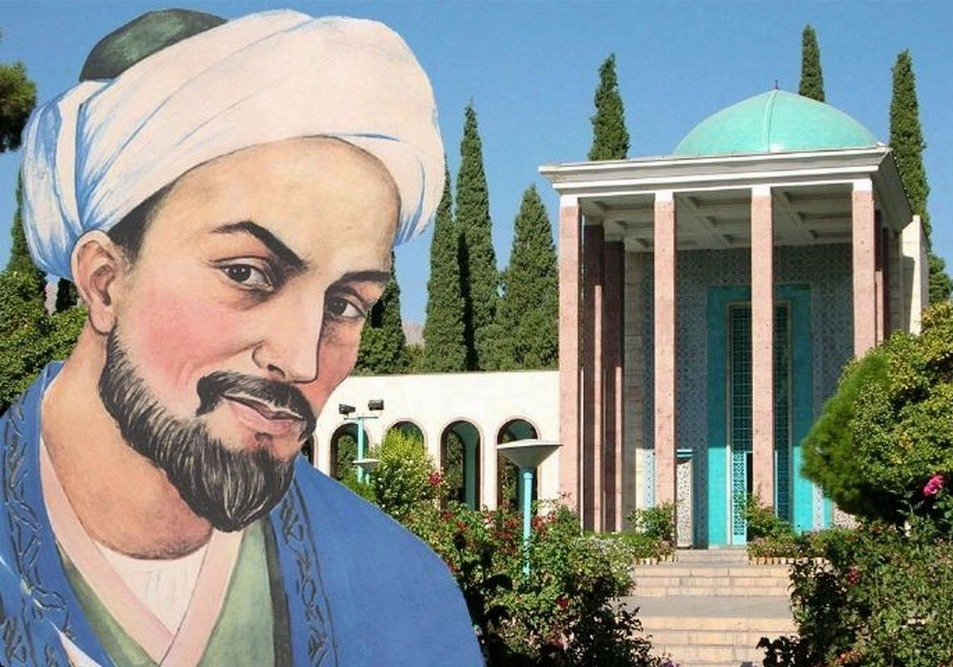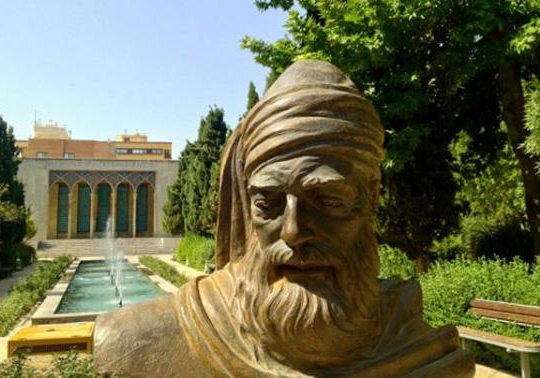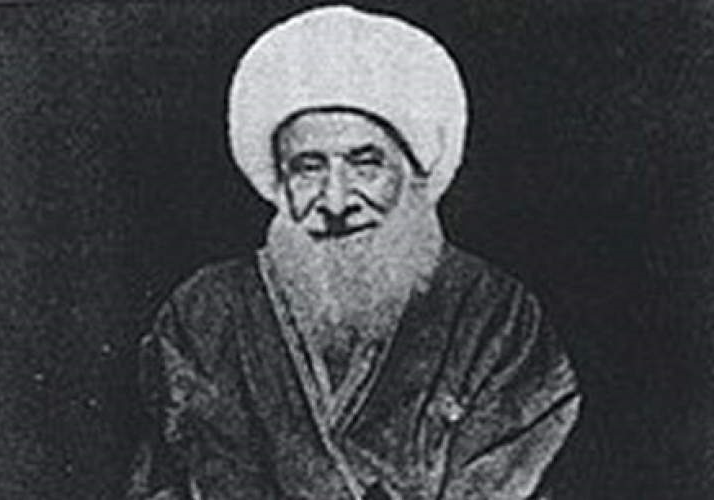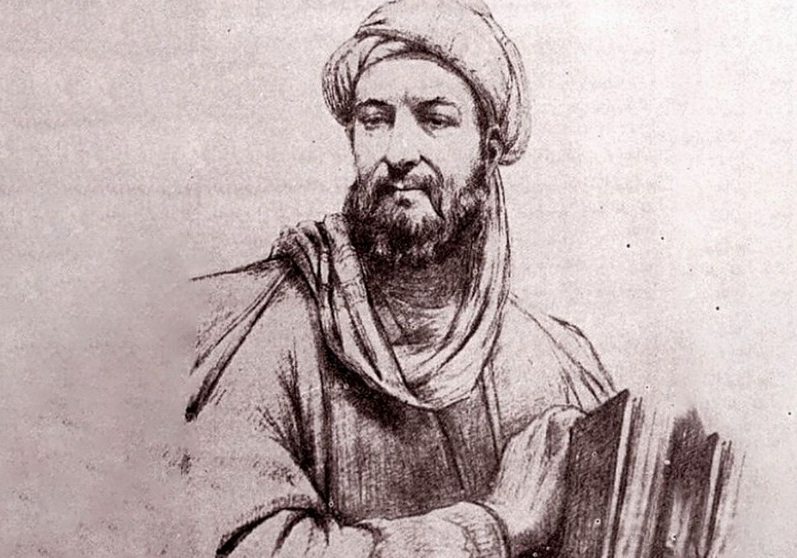
Abd al-Rahman Jami and Islamic Gnosticism
Haft Awrang (Seven Thrones), Nafahat al-Uns (Breaths of Closeness), and Baharestan (Adobe of Spring) are three of Jami’s most famous works among Iranians. However, Jami’s pen did not stop there. Some of his other works include “Divanha-ye Sehganeh” (Triplet Divans), “Lawayih” (Shafts of Light), “Asha’at al-Luma’at” (Commentary on Luma’at), “History of Sufism”, “Resala-ye Manasek-e Hajj”, “Manaqib-e Jalaluddin Rumi”, “Munsha’at”, etc.
Jami’s Famous Works
Haft Awrang is one of Jami’s most popular works of mathnawi/masnavi. In Haft Awrang, Jami narrates amusing mythical, historical, and love stories. It is divided into seven chapters. Haft Awrang is Jami’s major poetical work, in which he discusses religious and moral issues in the form of mathnawi. Haft Awrang’s chapters include “Mathnawi of Selselat al-Dhahab” (dedicated to Husayn Bayqara), “Salaman va Absal” (a mystical love story derived from Greek sources), Tohfat al-Ahrar (religious and mystical mathnawi dedicated to Naser al-Din Naqshbandi), “Sabhat al-Abrar” (on Sufism and morality), “Yusuf and Zulaykha” (Jami’s best Mathnawi, dedicated to Husayn Bayqara), “Leili va Majnoon”, and “Kheradnamaye Eskandari”.
In Haft Awrang, Jami delivers his mystical ideas using allegories and fables. Baharestan, also known as “Rawdha al-Akhbar va Tohfat al-Ahrar”, too, is identified as an exemplary fusion of poetry and prose in Persian literature. Baharestan is modeled upon Sa’di’s Gulestan and covers a wide set of moral lessons. Historians believe that Jami wrote Baharestan in an attempt to educate and nurture his son, Zia-al-Din Yusuf. He eventually gifted it to the Timurid ruler, Husayn Bayqara, in 1487 CE.
Nafahat al-Uns is also one of Jami’s well-known books. It is a book containing short biographies of mystics who either lived at the same time as the author, or prior to his lifetime. Jami was the most prominent poet of the Timurid era. The Persian poetry experienced a paradigm shift during the mentioned era. The Timurid rulers enjoyed poetry, were fond of literature, and wholeheartedly supported literary figures and poets, particularly Jami.
Biography
Quite popularly known as “Khatam al-Shu’ara” (lit. the seal of all poets), Jami was a son of Nizam al-Din Ahmad ibn Shams al-Din Muhammad, He used Kamal Khujandi’s style to write ghazal and sought guidance from Nizami Ganjavi’s works to write mathnawi. Indeed, Jami’s vast knowledge of various academic disciplines made him one of the best Muslim scholars of the 15th century.
He learned Arabic grammar from his father before he moved to Herat for further education. He then travelled to Samarkand to study astronomy. That was when he got exposed to Sufism, and became a disciple of Naqshbandi school. He rapidly progressed as a Sufi, became a master, and secured a special place in the eyes of Husayn Bayqara and his capable vizier, Alishir Nava’i. Furthermore, Ulugh Beg assisted Jami in his academic efforts and paved the way for him to seal his name as one of the most popular scientists of the time. He initially chose the penname “Dashti”, but later changed it to “Jami” to pay tribute to Sheikh Ahmad Jami as well as his own birthplace, Jam.
Jami passed away in Herat in 1492 CE. At the age of 81 and was buried next to Sa’d-al-Din Kashgari’s Tomb.
Jami’s Baharestan is an exemplary fusion of poetry and prose in Persian literature.
| Όνομα | Abd al-Rahman Jami and Islamic Gnosticism |
| Χώρα | Ιράν |
| Ψευδώνυμο | Jami |
| Χρόνος παραγωγής | Born: November 7, 1414, Died: November 9, 1492 |
| Έργα | “Mathnawi of Selselat al-Dhahab” “Salaman va Absal”“Sabhat al-Abrar”“Yusuf and Zulaykha”“Leili va Majnoon”“Kheradnamaye Eskandari” |
| Yard period | the past |
| Τύπος | Academic |
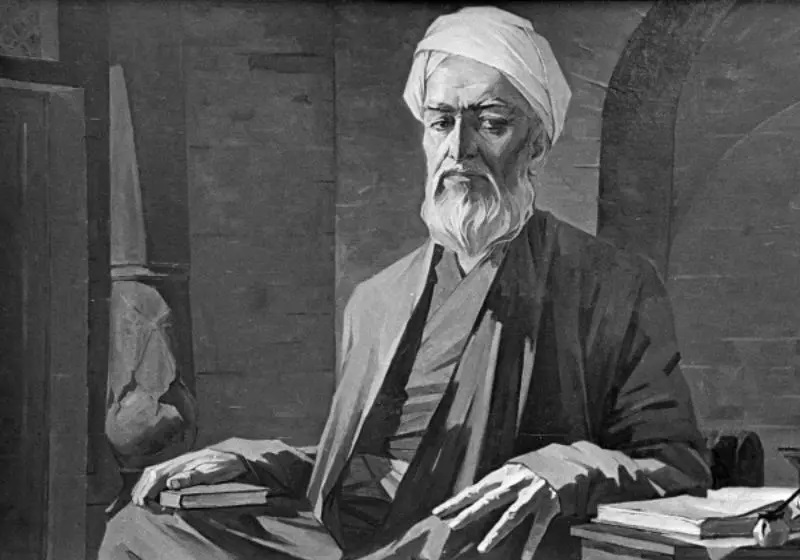

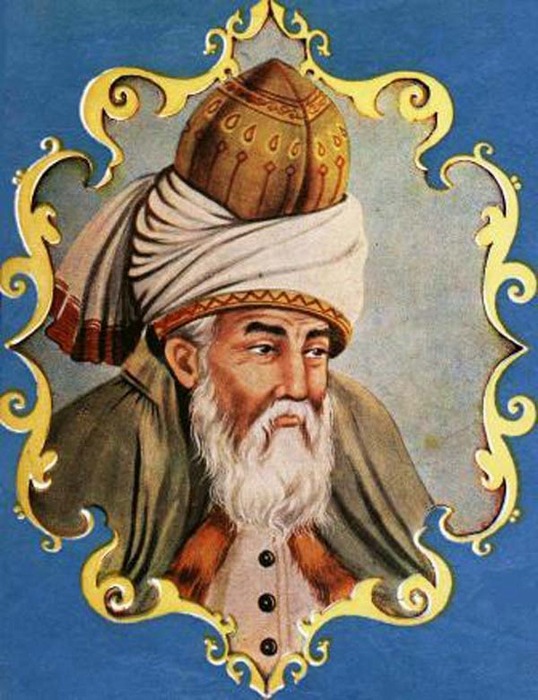



Choose blindless
Red blindless Green blindless Blue blindless Red hard to see Green hard to see Blue hard to see Μονόχρωμος Ειδική ΜονόχρωμηΑλλαγή μεγέθους γραμματοσειράς:
Αλλαγή απόστασης λέξεων:
Αλλαγή ύψους γραμμής:
Αλλαγή τύπου ποντικιού:

